Discover the fascinating Barbados biomes as we explore the island’s lush landscapes and vibrant ecosystems. Join us in this captivating exploration of the Caribbean’s hidden gem, where tourists and experts alike can learn about the unique and diverse biomes of Barbados.
Barbados’ many biomes are home to a variety of rare plants and animals, making it a popular travel destination for ecotourists and outdoor enthusiasts. Let’s dive into the extraordinary ecosystems that make up this tropical paradise.
But first:
Coastal BiomeVibrant coral reefs, mangrove forests, and seagrass beds essential for marine biodiversity.Snorkeling/scuba diving, swimming with sea turtles, and visiting animal conservation centers like Barbados Sea Turtle Project.
RainforestsDiverse flora/fauna, including green monkeys and leaf-nosed bats.Hiking in Turner’s Hall Woods/Welchman Hall Gully, Barbados Wildlife Reserve, and exploring Harrison’s Cave.
Freshwater WetlandsCritical habitats for birds/amphibians/insects and sanctuary for whistling frog.Birdwatching for herons/egrets/gallinules, Graeme Hall Nature Sanctuary, and boat tour of wetlands.
Chalky MountUnconventional biome with unique geological formation.Visiting Harrison’s Cave, exploring Animal Flower Cave, and scenic drive through Chalky Mount hills.
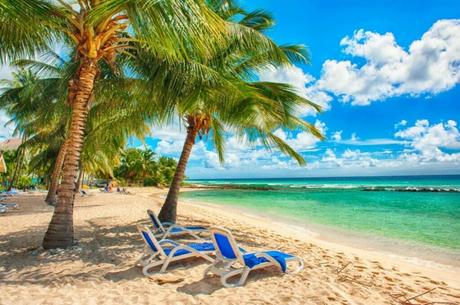
1. The Coastal Biome: A Haven for Marine Life
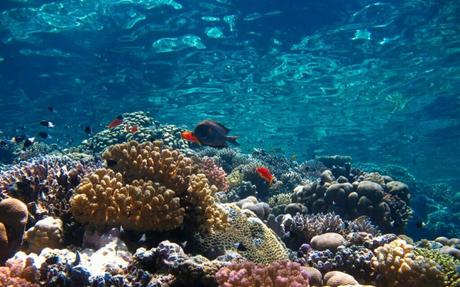
One of the most captivating Barbados biomes is its vibrant coastal ecosystem. Stretching along the island’s picturesque coastline, the coastal biome is teeming with life.
Visitors can explore the island’s pristine coral reefs, mangrove swamps, and seagrass beds, all of which are essential to maintaining the marine biodiversity of the area.
Let’s take a look at each…
Coral Reefs
Some of the Caribbean’s healthiest coral reefs are found in the area surrounding Barbados. Many marine creatures, such as vibrant fish, sea turtles, and rays, can find shelter and food in them.
Barbados Travel Tip: Visitors can marvel at the underwater beauty by snorkeling or scuba diving, experiencing firsthand the enchanting world beneath the waves.
Mangrove Forests
Mangroves, trees adapted to live in saltwater, form dense forests along the coastline of Barbados.
These remarkable ecosystems act as natural barriers, protecting the island from erosion and storm surges. They also serve as vital nursery grounds for many fish species, including the famous flying fish, a staple in Bajan cuisine.
Seagrass Beds
Found in shallow waters along the coast, seagrass beds are another crucial component of the coastal biome. These underwater meadows offer food and shelter for numerous marine creatures, such as green sea turtles and manatees.
Seagrass also helps maintain water clarity by trapping sediment and removing excess nutrients.
2. Lush Rainforests: A Symphony of Life
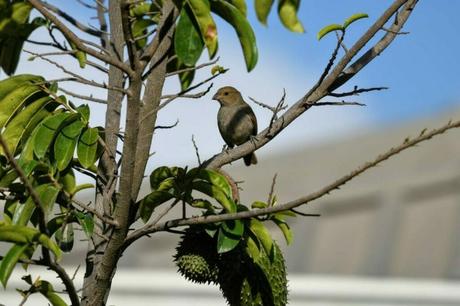
Enter Barbados’ interior to experience its beautiful rainforests, where the sound of birdsong, the rustle of leaves, and the buzz of insects fill the air.
This thriving biome boasts a diverse array of plant and animal species that call the island home:
Flora
The rainforests of Barbados showcase an incredible assortment of plant life, including towering trees draped in vines, vibrant orchids, and elegant ferns.
Many of these plants have adapted to the high humidity and low light conditions of the forest understory, creating a fascinating green tapestry.
Fauna
Numerous animal species, many of which are unique to the island, can be found in the jungle.
Barbados Travel Tip: Visitors may spot the green monkey, a charming and mischievous primate, or the Barbados bullfinch, a plump and confident bird.
Several species of bats, including the intriguing-looking leaf-nosed bat, which is crucial for pollinating flowers and distributing seeds, may be found in the woodlands.
3. Freshwater Wetlands: The Island’s Hidden Oasis

Although less extensive than the coastal and rainforest biomes, Barbados’ freshwater wetlands are no less captivating. Swamps, marshes, and ponds are critical habitats for a range of plant and animal species in these distinctive ecosystems.
Flora
Flora: Aquatic plants, including the water fern, an invasive species that creates dense mats on the water’s surface, predominate in the marshes.
Other plant species found in this biome include the red mangrove and various types of sedges and rushes.
Fauna
The freshwater wetlands are a sanctuary for numerous animal species, including birds, amphibians, and insects.
Barbados Travel Tip: The area is particularly popular among birdwatchers, who come to observe the elegant herons, egrets, and gallinules.
The wetlands also provide a home for the endemic whistling frog, whose melodic nighttime calls can be heard throughout the island.
4. The Chalky Mount: An Unconventional Biome
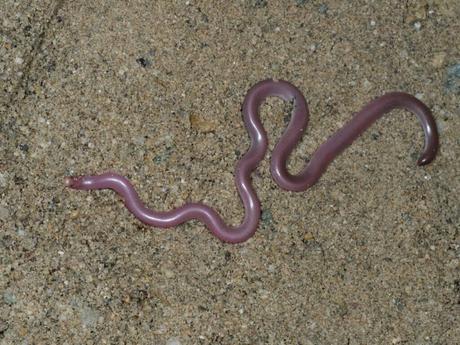
Venture off the beaten path to explore Chalky Mount, an unconventional Barbados biome characterized by its unique geological formations.
This region of the island’s east contains exposed limestone rock that has been weathered over time to form an intriguing landscape of caverns, sinkholes, and underground streams.
Flora
Chalky Mount’s plant life is distinct from that of the other biomes due to the area’s rocky terrain and thin soil.
Here, you’ll find hardy plants such as the wild poinsettia and the prickly pear cactus, which have adapted to the harsh conditions by developing shallow roots and water-storing tissues.
Fauna
The wildlife in Chalky Mount is also unique, with several species thriving in the caves and crevices of the limestone formations.
These include different types of bats, which are essential to the ecology because they regulate insect populations and pollinate plants, as well as the Barbados blind snake, a tiny, burrowing reptile that eats insect larvae.
Discovering the Barbados Biomes: Tips for Visitors
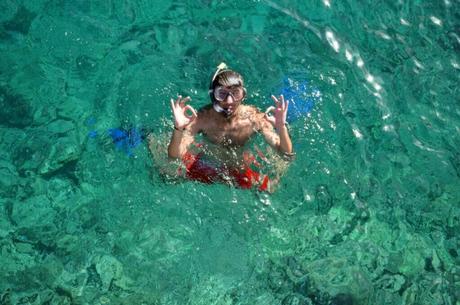
Whether you’re an expert in biomes or simply a nature lover seeking to explore Barbados’ natural wonders, keep these tips in mind to make the most of your experience:
Hire a local guide
To gain a deeper understanding of the island’s ecosystems, consider hiring a local guide who can share their knowledge and insights into the Barbados biomes. These experts can help you spot elusive species, identify unique plants, and teach you about the island’s conservation efforts.
Pack appropriately
Be prepared for the varying conditions in each biome. Bring sturdy shoes for hiking through the rainforest and Chalky Mount, and waterproof gear for exploring the wetlands.
Don’t forget your snorkel or scuba diving equipment for the coastal biome!
Respect the environment!
As you explore the Barbados biomes, remember to practice responsible tourism. Stay on designated trails, avoid disturbing wildlife, and do not remove any plants, rocks, or other natural features.
You may contribute to preserving the island’s natural wonders for future generations by treating the environment with respect.
Ecotourism Activities: Experiencing Barbados’ Biomes
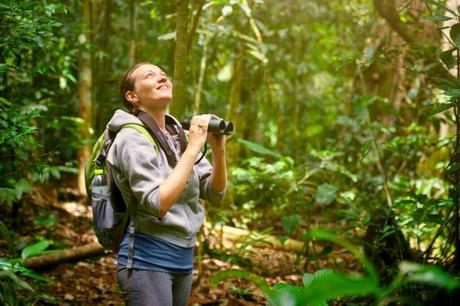
As you delve into the enchanting biomes of Barbados, immerse yourself in the island’s natural beauty through various ecotourism activities:
Guided Nature Walks
Engage in informative guided nature walks through the island’s beautiful rainforests to learn more about the distinctive flora and animals of Barbados. Don’t miss the chance to explore Turner’s Hall Woods, a tropical forest reserve teeming with wildlife.
Birdwatching Tours
With over 200 recorded bird species, Barbados is a haven for birdwatchers. Join a guided birdwatching tour to spot elusive species like the Barbados bullfinch, the green heron, and the Antillean crested hummingbird in their natural habitats.
Wildlife Spotting Excursions
Experience the thrill of spotting Barbados’ diverse wildlife on land and sea. Encounter green monkeys in the rainforest, snorkel with sea turtles in the coastal biome, or join a night walk to witness the fascinating world of nocturnal creatures.
Seasonal Variations: When to Explore Barbados’ Biomes
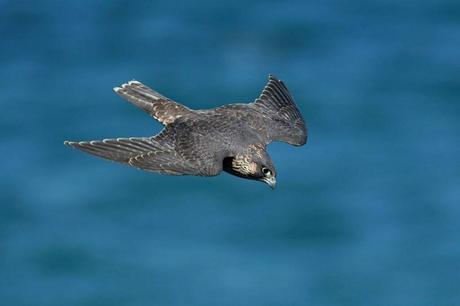
While the island’s natural beauty can be enjoyed all year round, particular seasons provide special chances to explore Barbados’ biomes:
- Dry Season (December to May): The island’s rainforests are best visited during the dry season because of the lower rainfall, which makes hiking more pleasant. Additionally, several migratory bird species’ nesting seasons fall during this time, giving birdwatchers an interesting chance.
- Wet Season (June to November): Although the wet season sees more rainfall, it’s a great time to explore the coastal biome, as the calm seas are perfect for snorkeling and diving. Additionally, migrating birds like the American golden plover and the peregrine falcon arrive in large numbers during the wet season.
Cultural Connections: Barbados’ Biomes and Local Traditions
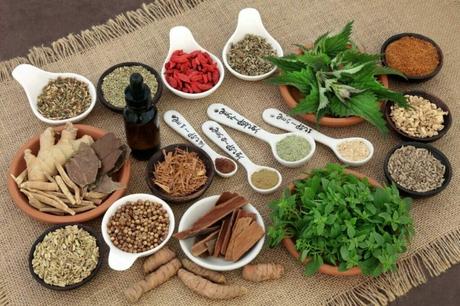
The unique biomes of Barbados have long been intertwined with the island’s culture and traditions:
- Traditional Medicine: Barbados’ diverse plant life has been utilized for centuries in traditional medicine practices. Many plants found in the island’s rainforests, such as the soursop and the noni fruit, are still used today for their medicinal properties.
- Folklore and Wildlife: Barbados’ wildlife has inspired numerous folktales and legends, such as the tale of the “Baccoo,” a mischievous forest spirit said to inhabit the island’s rainforests. These stories serve to further connect the local community with the island’s unique biomes.
FAQ

What Are The 7 Wonders Of Barbados?
The 7 Wonders of Barbados include Harrison’s Cave, the Animal Flower Cave, the Barbados Wildlife Reserve, Andromeda Botanic Gardens, Hunte’s Gardens, the East Coast, and Bathsheba’s Soup Bowl. The magnificent scenery, varied flora and wildlife, and rich history of the island are highlighted by these natural and cultural attractions.
How Is The Nature In Barbados?
Barbados’ various biomes, which include lush rainforests, spotless coral reefs, and freshwater marshes, define the island’s natural beauty. The island is home to numerous migratory and endemic species, including the hawksbill turtle, the Barbados bullfinch, and the green monkey. Its unique geological features, such as Chalky Mount, also contribute to the island’s distinct natural beauty.
What Is Barbados Most Known For?
Barbados is renowned for its picture-perfect white sand beaches, blue waters, and abundant marine life. The island is also well known for producing rum and for having a rich cultural history and a variety of biomes that allow tourists to experience lush rainforests, fascinating coastal ecosystems, and distinctive geological formations.
Recapping Barbados’ Biomes
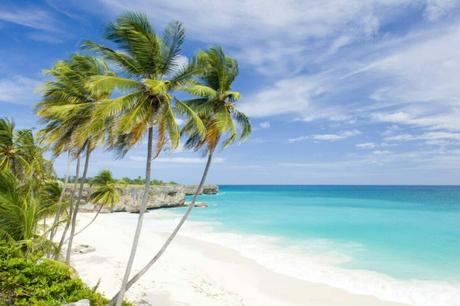
Barbados is more than just a sun-soaked beach destination. The island’s various biomes provide an unrivaled opportunity to discover and admire the extraordinary flora and animals found there.
From the vibrant coastal ecosystem to the lush rainforests and hidden wetlands, Barbados’ biomes are a testament to the island’s rich ecological heritage. Pack your bags and set out on a journey across Barbados’ natural treasures for a memorable experience.

